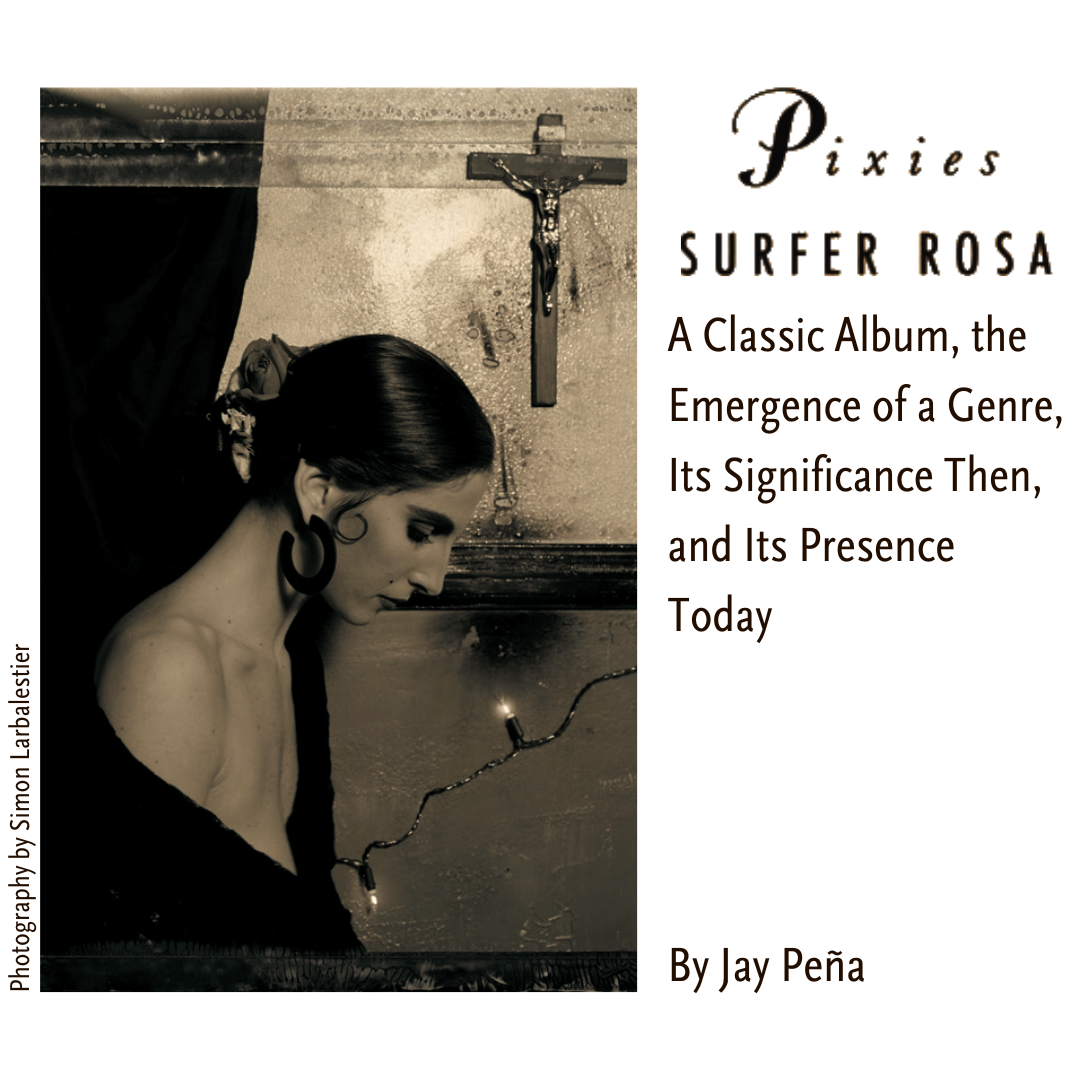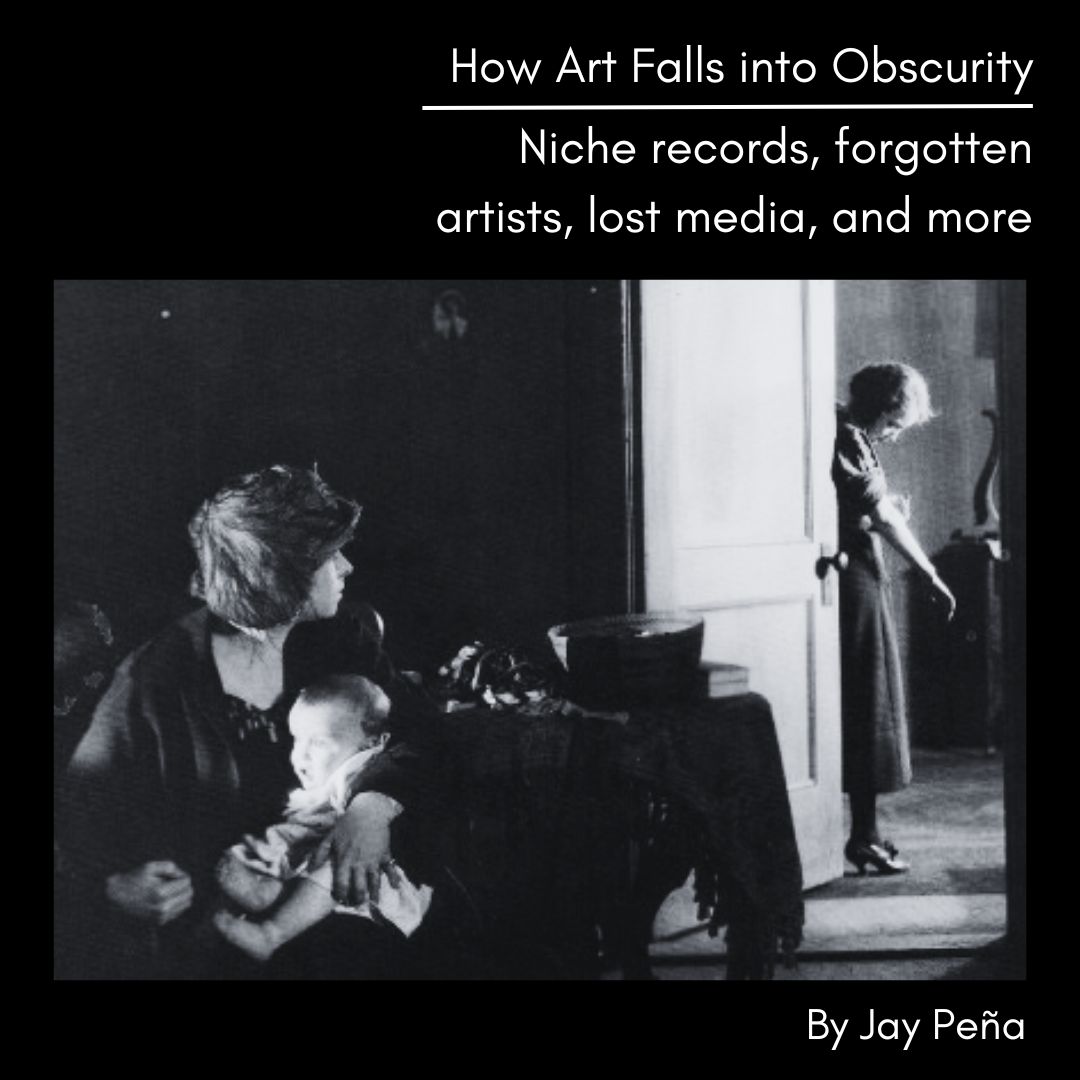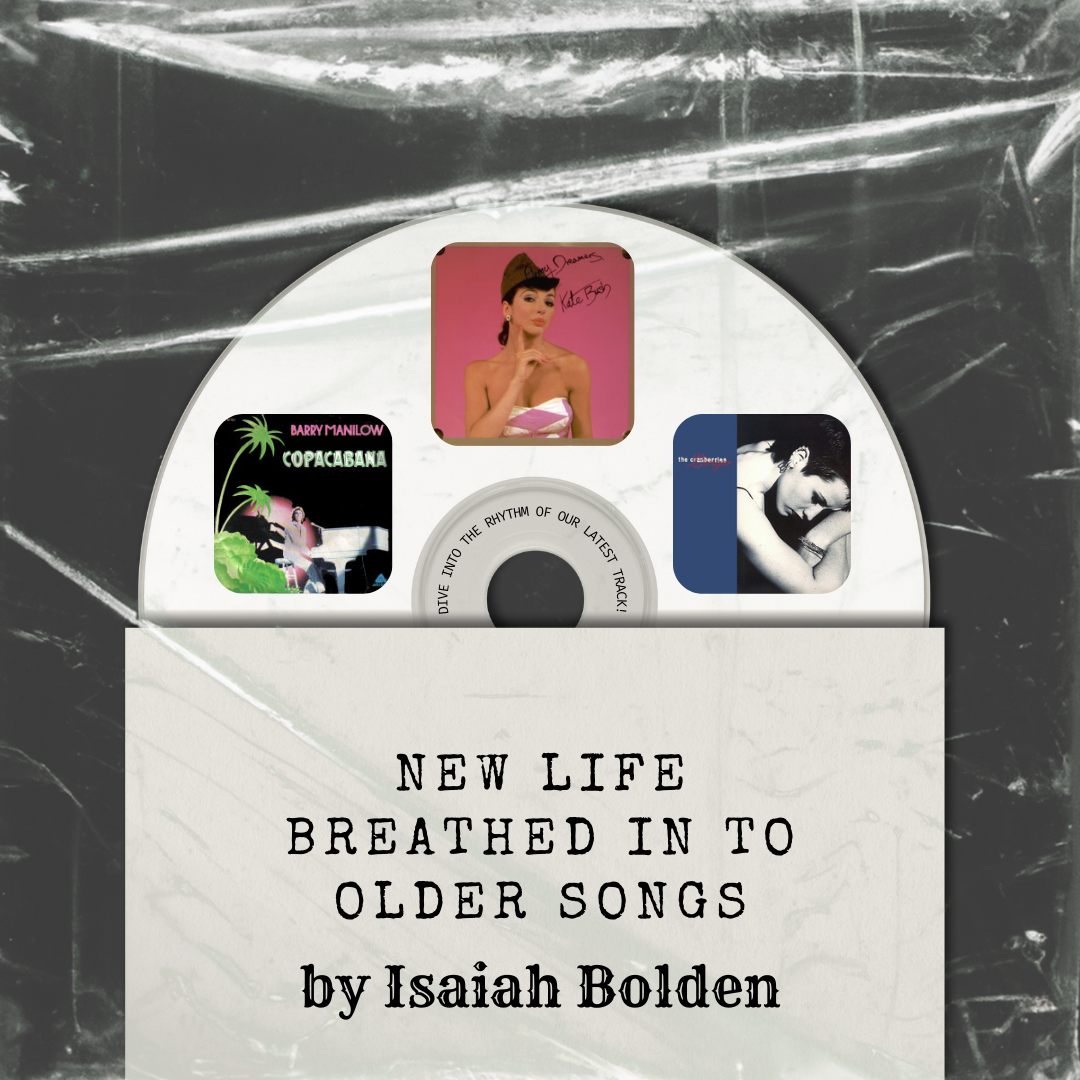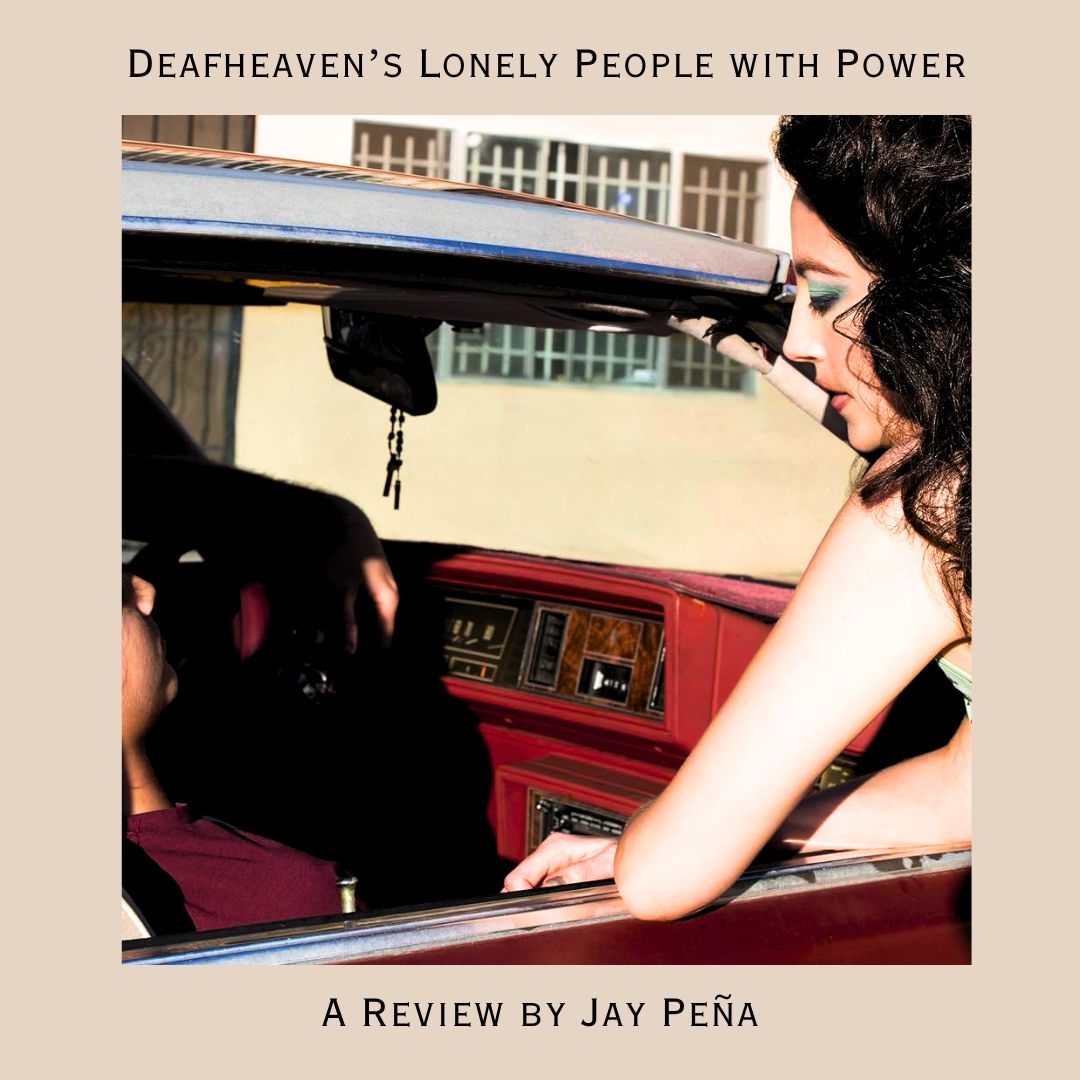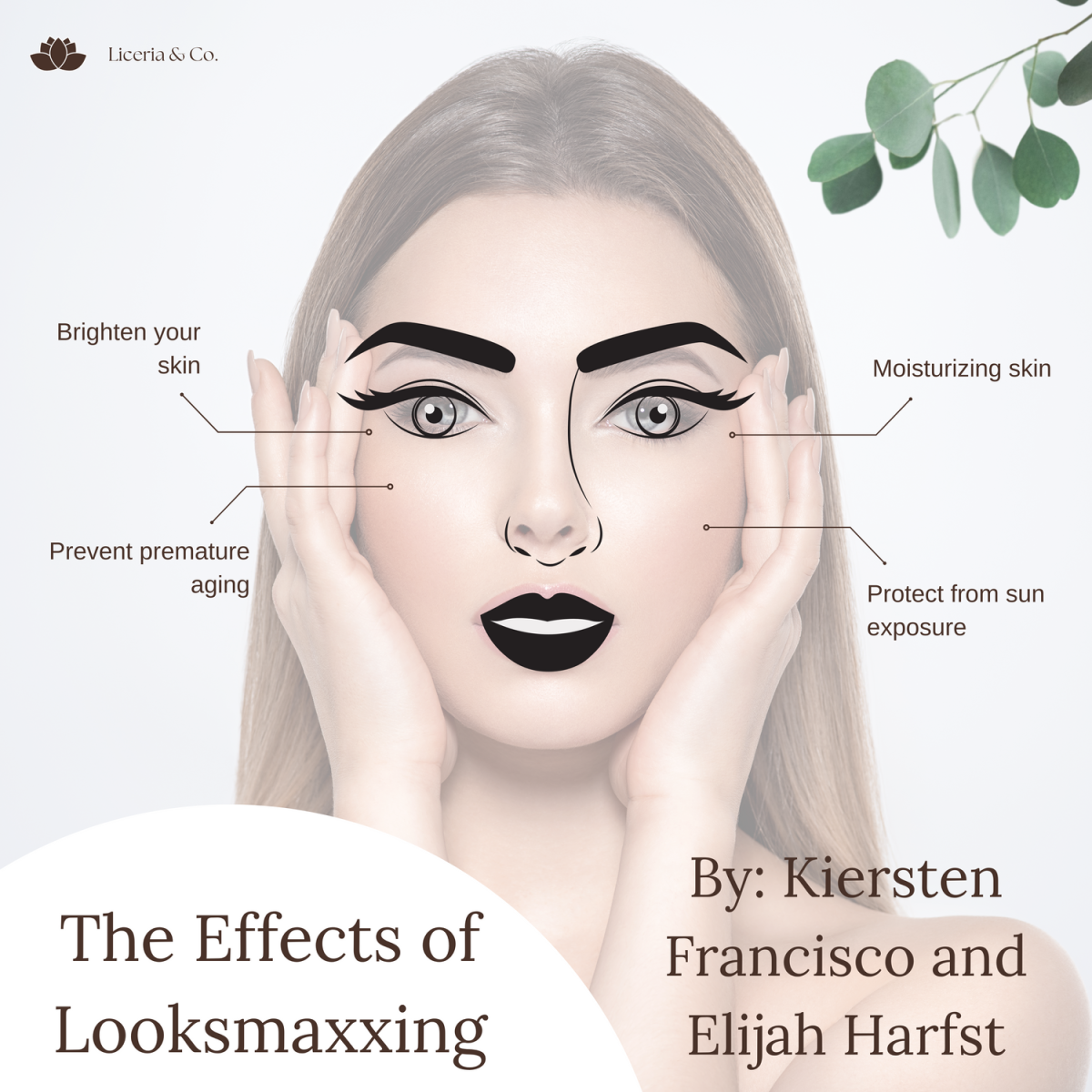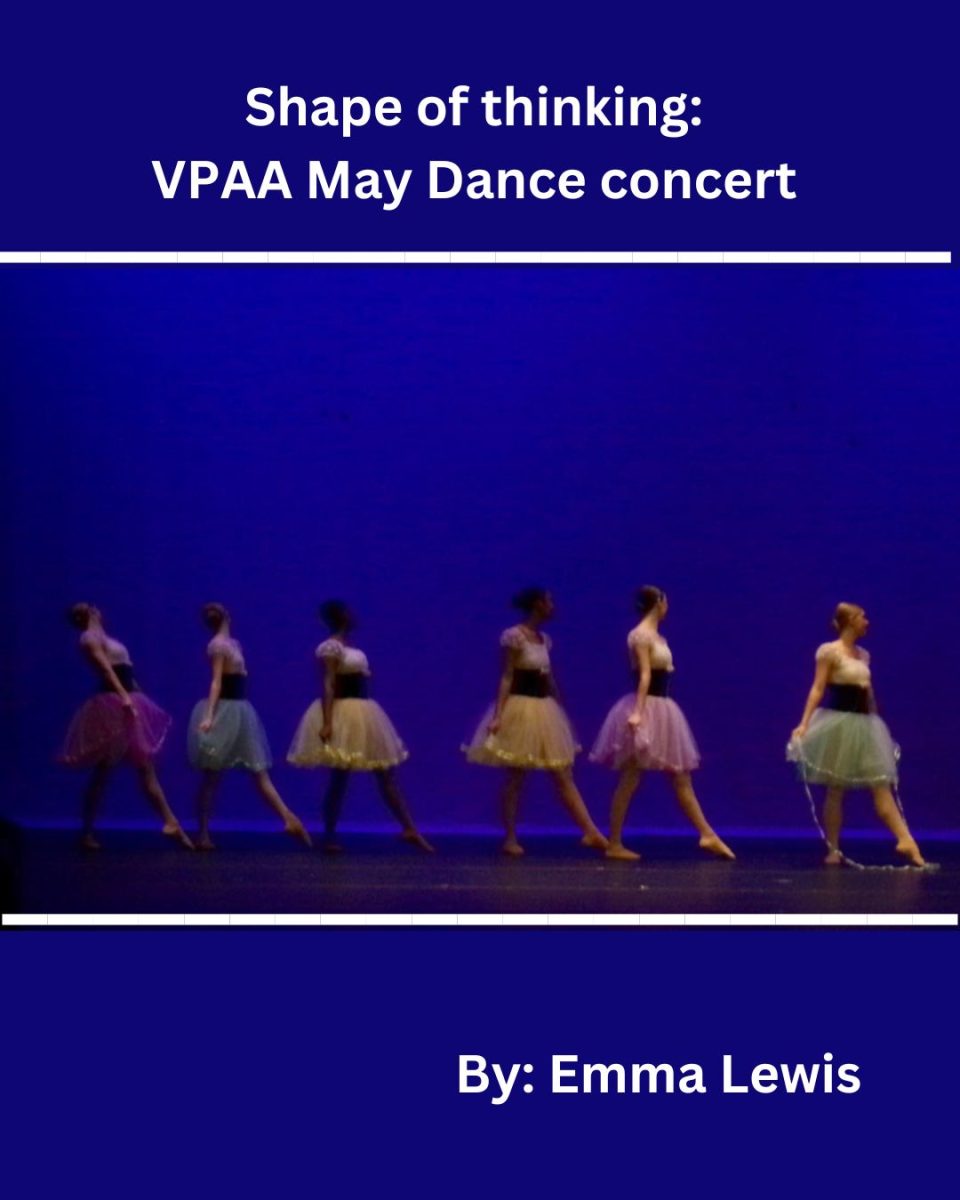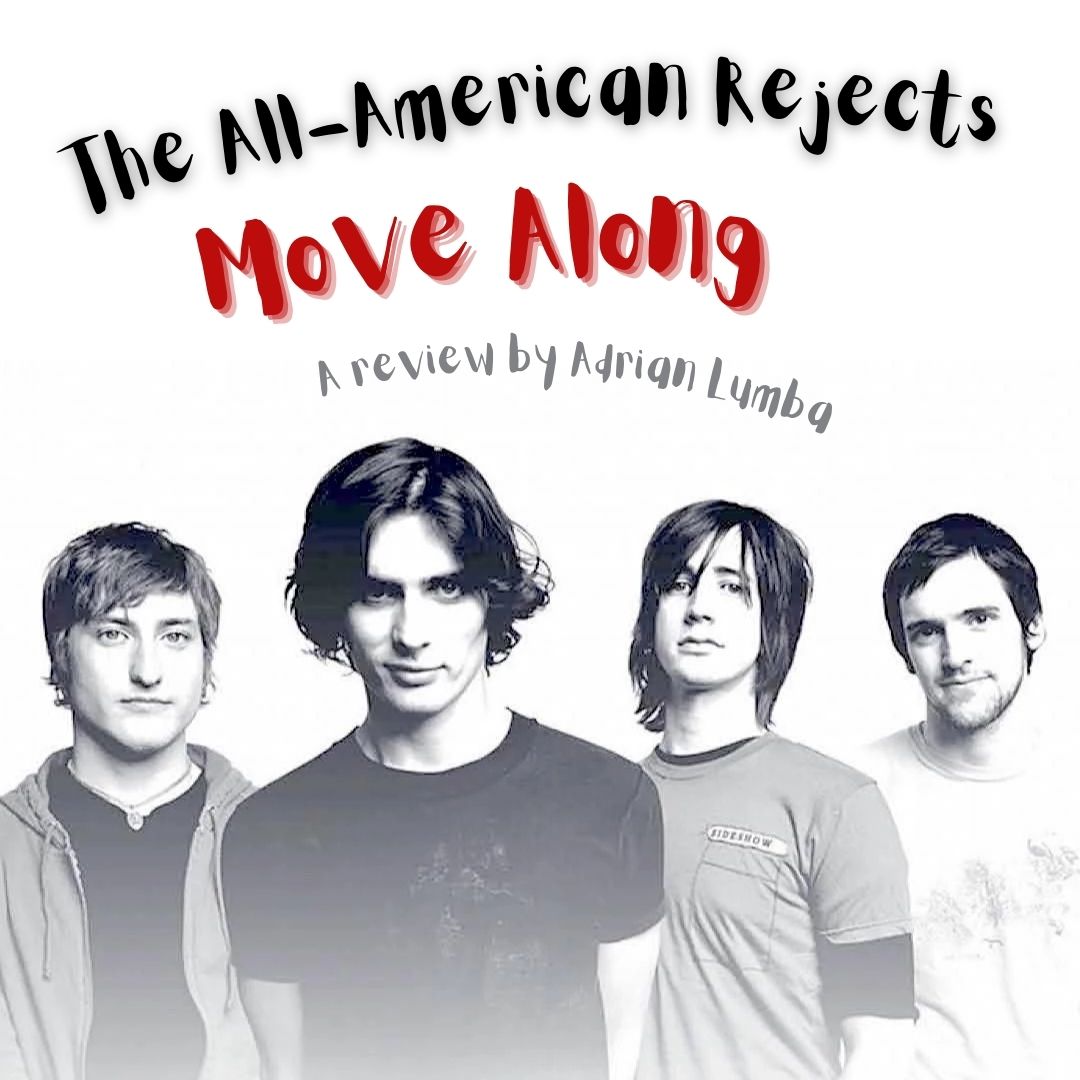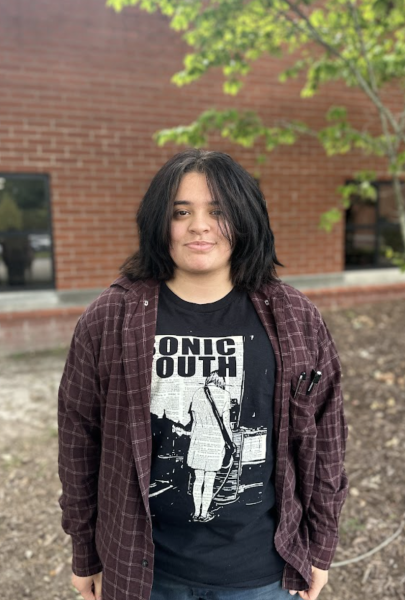Pixies are perhaps one of the most well-known bands to have emerged from the alternative rock movement of the 80s and 90s. The Boston-based band, formed in 1986, has had quite the musical career, releasing nine studio albums over roughly four decades and being among the influences of immensely popular acts such as Nirvana and Weezer, as well as more indie acts such as Modest Mouse. Naturally, Pixies have a pretty grand discography, though there is one album in particular that has been paramount since its release.
Surfer Rosa, released on 21 March 1988, is the essential Pixies record. It’s a perfect mix of melodic pop and punkish guitar à la Hüsker Dü. The album is easily their best work and, without a doubt, their most known work, with the seventh track of the album, “Where Is My Mind,” being repopularized upon the release of the 1999 film Fight Club. However, “Where Is My Mind” is hardly the only great song from the record.
With simple yet incredibly catchy pop tunes such as “Gigantic,” noisy melodies such as those featured in “Something Against You” and songs that are just simply funny, like the song for fictitious superhero Tony, “Tony’s Theme,” the album is chock-full of memorable tracks. Surfer Rosa succeeds in its execution of musical ideas, unique (and immensely influential) sound, and especially in its production. It was produced by the late, great Steve Albini. In my opinion, the album is practically perfect and encapsulates the alt-rock sound popular throughout the ’80s. I would even go as far as to say that it is the best alternative rock release of the ’80s.
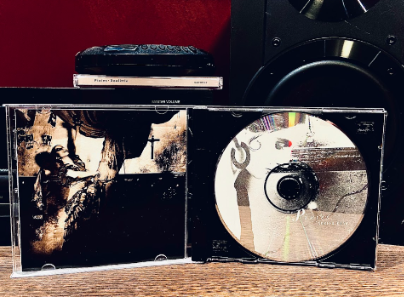
What is currently known as alternative rock has its roots in the underground rock of the 60s and 70s, mainly proto-punk and garage rock. Garage rock and proto-punk bands of the era, such as The Kinks, The Sonics, and The 13th Floor Elevators, among others, to varying extents influenced the emerging genre, but no band had nearly as much of an impact on the course of alternative rock than The Velvet Underground. With their debut, and probably most popular, release The Velvet Underground & Nico in 1967, The Velvet Underground laid out the foundation of the sound that would grow to become alternative rock with a more artsy and experimental approach to rock music.
Into the 80s, alt rock, also referred to as “college rock” around this time due to the genre’s prevalence amongst college radios was thriving. With bands like R.E.M, Violent Femmes, Dinosaur Jr., Sonic Youth, Hüsker Dü, The Cure, Bauhaus, The Jesus and Mary Chain, My Bloody Valentine, Cocteau Twins, Pixies, of course, and many, many more, alternative rock was an increasingly popular phenomenon in underground rock circles throughout the west, primarily the U.S. and the UK.
With alt rock’s emphasis on being non-commercial and taking a more DIY approach to the creation of music, it’s not much of a surprise that alternative-rock was able to thrive in the 70s and 80s underground. Alternative rock provided, well, an alternative to the more corporate rock of the time, mainly various forms of hard rock and glam metal. This lack of commercial incentive allowed the genre to be more open to experimentation and diversification.
It was this diversity that was, perhaps, one of the most interesting things about 80s alt-rock. From the more noise rock-oriented music of Sonic Youth, the pop-like style of Pixies, the shoegaze sound of My Bloody Valentine, the gothic style rock of The Cure, or the more hardcore take offered by Hüsker Dü, there was no one sound within the genre. From one genre, a vast number of others were born. One style in particular was beginning to catch steam in the Pacific Northwest, more specifically, Washington.
Grunge really gained its footing in the mid to late 80s with bands like Skin Yard, Green River, and Screaming Trees. However, one could probably argue its origins go further back to the early ’80s with acts like The U-Men and Malfunkshun. And though grunge got its start in the 80s, it really wasn’t til the early 90s that the genre got much traction in the public eye. With the release of Soundgarden’s Badmotorfinger in October of 1991 or even Alice in Chains’ 1990 album Facelift to an extent, grunge was starting to get some attention in the mainstream. Of course, there is one album that dramatically increased this mainstream attention. That album is none other than Nirvana’s 1991 release, Nevermind, selling about 300,000 copies a week by 1992.
Although grunge was increasingly popular throughout the 90s, other sub-genres within alt-rock were also prevalent. Genres such as emotional hardcore, later known as emo, began to get popular within the mainstream, with acts like Jawbreaker and Sunny Day Real Estate being prime examples. The band Weezer experimented with emotional hardcore a bit, especially with their 1996 album Pinkerton. Within the underground, riot girl (or riot grrrl if you will), a female-oriented rock genre (teetering on punk) reflecting the ideas of third-wave feminist movements, began to emerge with bands such as Babes in Toyland, Bikini Kill, and Bratmobile. Moreover, a member of the Pixies, Kim Deal, would go on to form another band with her twin sister, Kelley Deal, The Breeders. The Breeders, alongside Pixies, would be regularly cited by many other alt rock bands as being influential to their style, namely Nirvana with frontman Kurt Cobain citing the bands as inspiration for the sound of Nirvana’s 1993 album In Utero.
Today, alternative rock continues to thrive with developments such as the grunge revival movement, a rise in shoegaze, and a general boost in popularity. With classic bands such as The Cure still releasing new music and Pixies having gone on tour recently, to up-and-coming bands such as julie and NewDad having both released their debut albums the previous year, alt rock continues to prevail.
